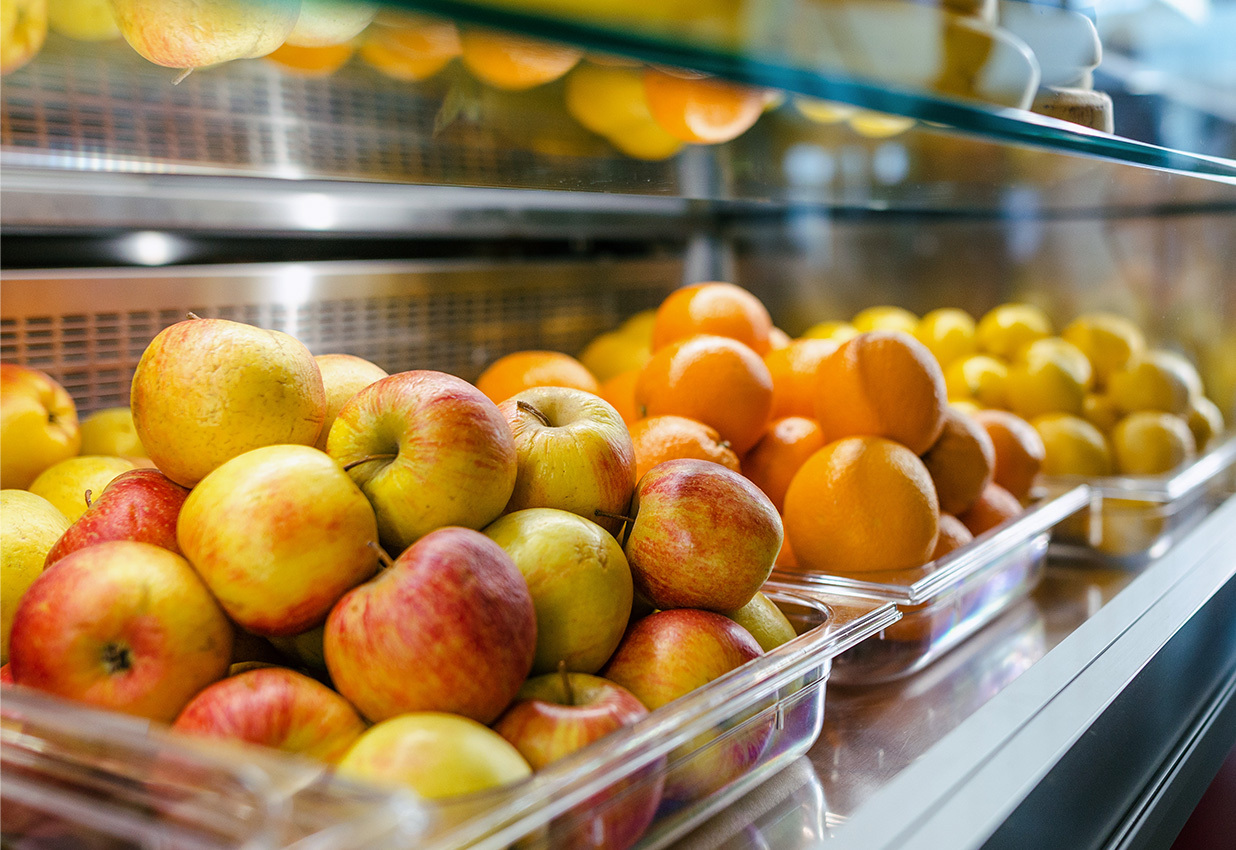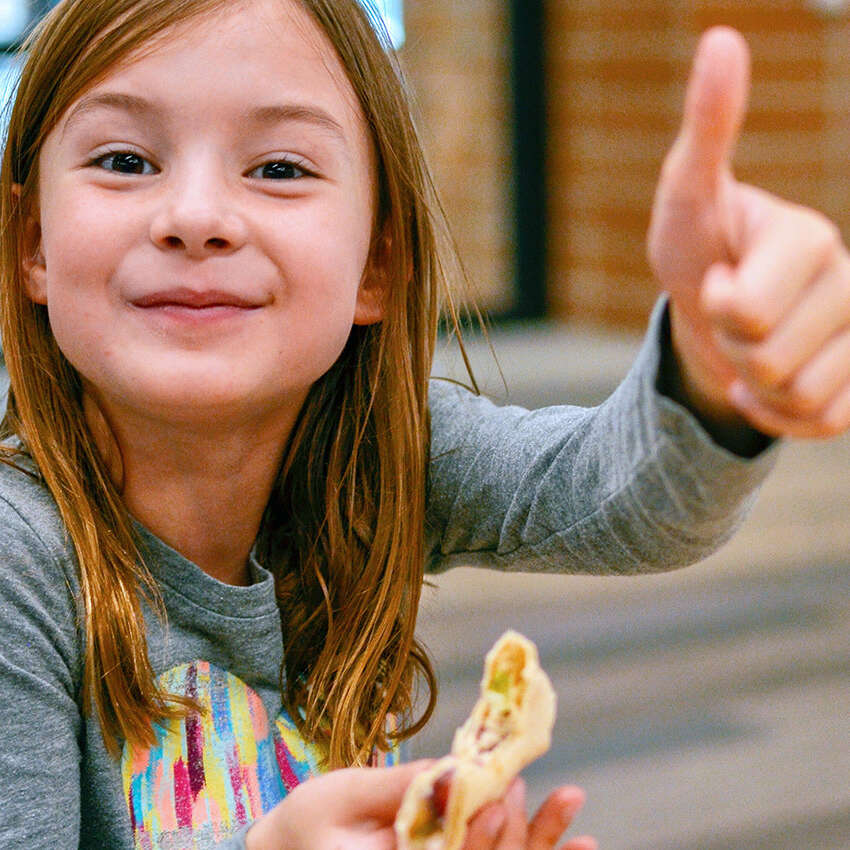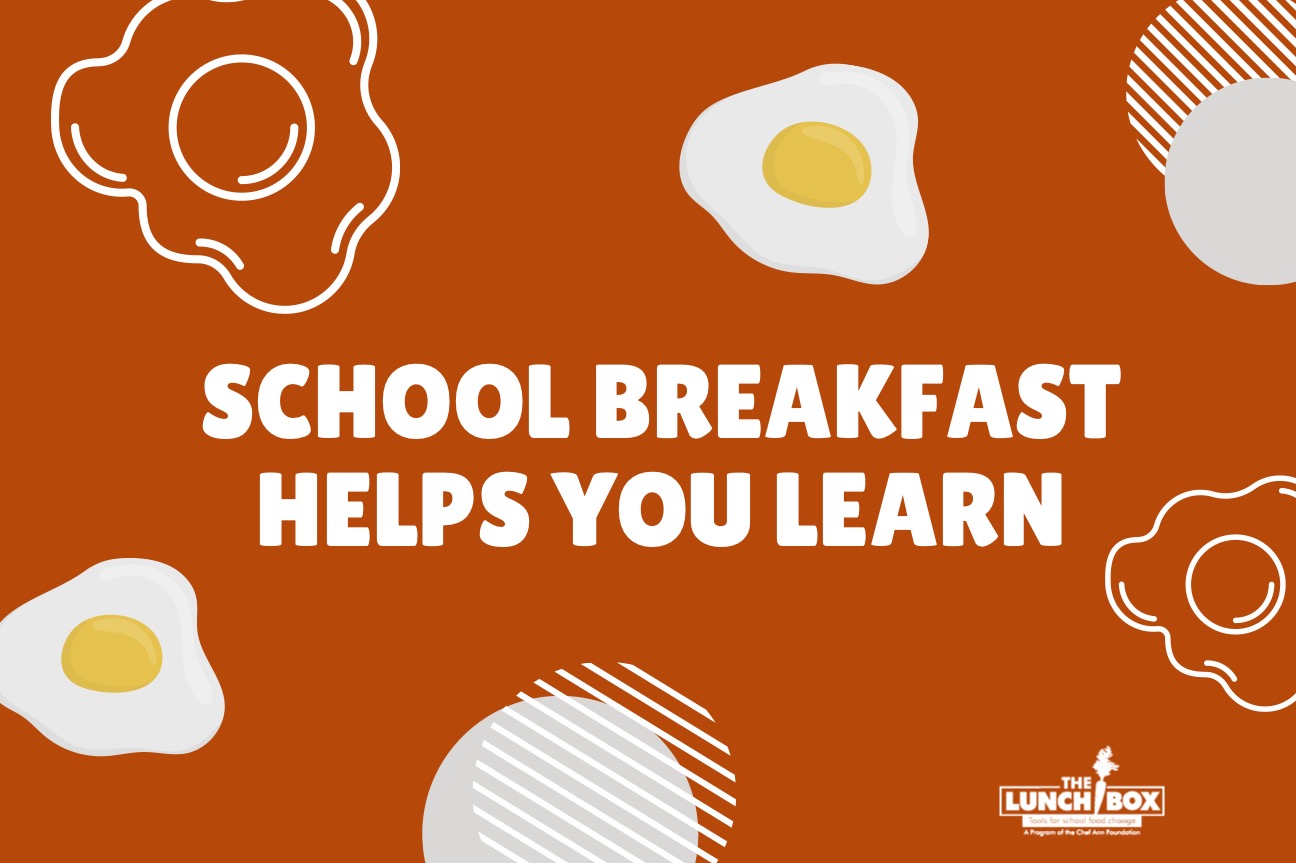
Marketing
Building your breakfast program’s structure, operations, and menu cycles is the first step to a successful breakfast program. Marketing the program to internal stakeholders, the community, and students is essential to gain awareness and support, increase program participation, and provide more students with a healthy meal to kickstart their day.

Marketing
Building your breakfast program’s structure, operations, and menu cycles is the first step to a successful breakfast program. Marketing the program to internal stakeholders, the community, and students is essential to gain awareness and support, increase program participation, and provide more students with a healthy meal to kickstart their day.
District & Community Support:
Whether introducing breakfast, expanding as a traditional cafeteria model, or implementing an alternative breakfast model, engaging the school community and building stakeholder awareness is essential. Stakeholders can include the superintendent, school board, school site administration, teachers, support staff, parents, and students. Educating these stakeholders on the need for and benefits of offering breakfast is critical to success. Depending on the breakfast model, you’ll find a variable level of confidence and support from the stakeholders in your district.
Out of all the various breakfast models, after-the-bell breakfast eaten in the classroom (whether delivered or “Grab ‘n Go”) is typically the most challenging to implement. To best prepare a proposal, we encourage you to:
- Assess the school sites
- Analyze your school data and fiscal opportunities
- Research and choose a specific operational model
- Present the opportunity as a well-developed extension plan (including the benefits of a healthy breakfast)
Establish support with your supervisor for the project, and then identify which stakeholder support is needed. Engaging key district administrators and principals from the beginning will help your breakfast expansion flourish. Educating superintendents, principals, other staff, and administrators about the academic, health, and financial benefits of breakfast in the district is essential.
Plan to expand to Breakfast in the Classroom (BIC). Your administrators can help the program’s sustainability by ensuring BIC time counts as instructional time (see instructional time fact sheet from FRAC). Breakfast in the classroom typically takes approximately ten minutes and works well with the first-period routines of taking attendance, making announcements, and turning in homework.
Parents and students also play a crucial role in your success. Surveys, presentations at PTO meetings, and focus groups can effectively respond to concerns, educate the community, and receive ideas to solidify support for your program rollout.
Once you have engaged the key players, you may need to revise or adjust your initial plan based on feedback. Flexibility and cooperation are paramount when implementing alternative breakfast.
Increasing Program Participation
Marketing Your Breakfast Expansion
More than any other meal, breakfast requires real engagement with the school community, particularly for Alternative Breakfast models served after the bell. Some districts create breakfast expansion teams of key stakeholders who support marketing the breakfast program. Efforts often include branding the district’s program and pushing the message out through the districts’ various channels. These channels include:
Media (such as local news stations and bulletins)
District/parent apps
District website
Videos (such as on YouTube)
Social media
Morning announcements
Flyers posted around the cafeteria and school campus
Prints materials sent home to parents (see a sample Pre-Launch Parent Letter)
Check out the resources in the marketing toolkit below to help support in your promotional efforts for your breakfast program.


Media (such as local news stations and bulletins)
District/parent apps
District website
Videos (such as on YouTube)
Social media
Morning announcements
Flyers posted around the cafeteria and school campus
Prints materials sent home to parents (see a sample Pre-Launch Parent Letter)
Check out the resources in the marketing toolkit below to help support in your promotional efforts for your breakfast program.
Breakfast Program Marketing Toolkit



RECOMMENDED TOPIC: SCHOOL BREAKFAST OPERATIONS
In every district, the variety of school building types, ages, and access means there may be as many customizations to breakfast operations as there are schools. The overarching goal is to create efficiency by implementing standard operating procedures and menu cycles, as well as adequate staff training in breakfast procedures and the importance of breakfast.
RECOMMENDED TOPIC: SCHOOL BREAKFAST OPERATIONS
In every district, the variety of school building types, ages, and access means there may be as many customizations to breakfast operations as there are schools. The overarching goal is to create efficiency by implementing standard operating procedures and menu cycles, as well as adequate staff training in breakfast procedures and the importance of breakfast.






